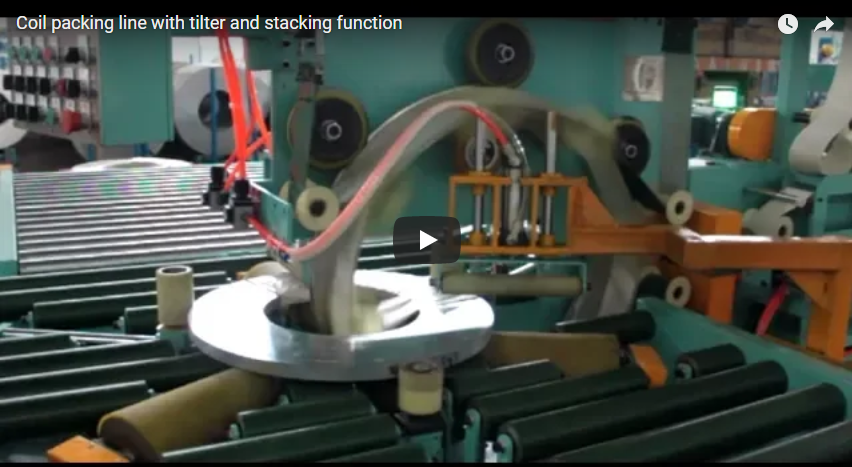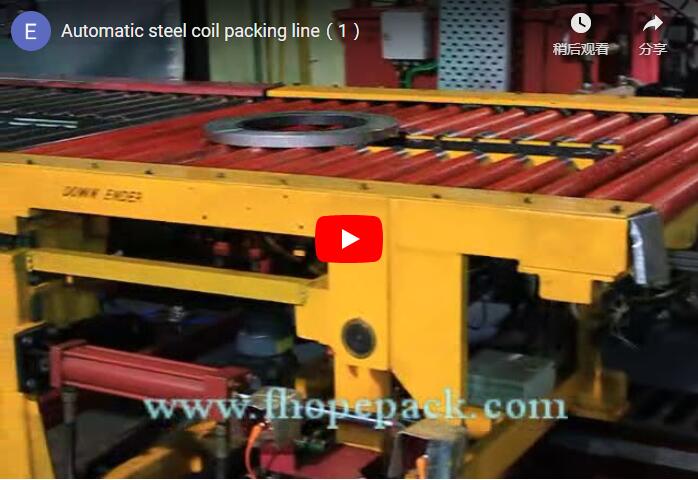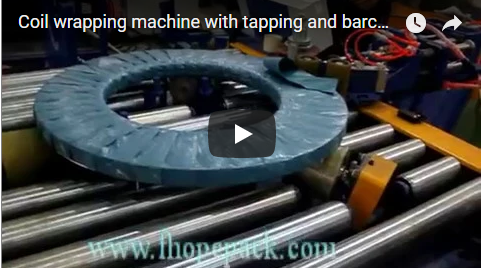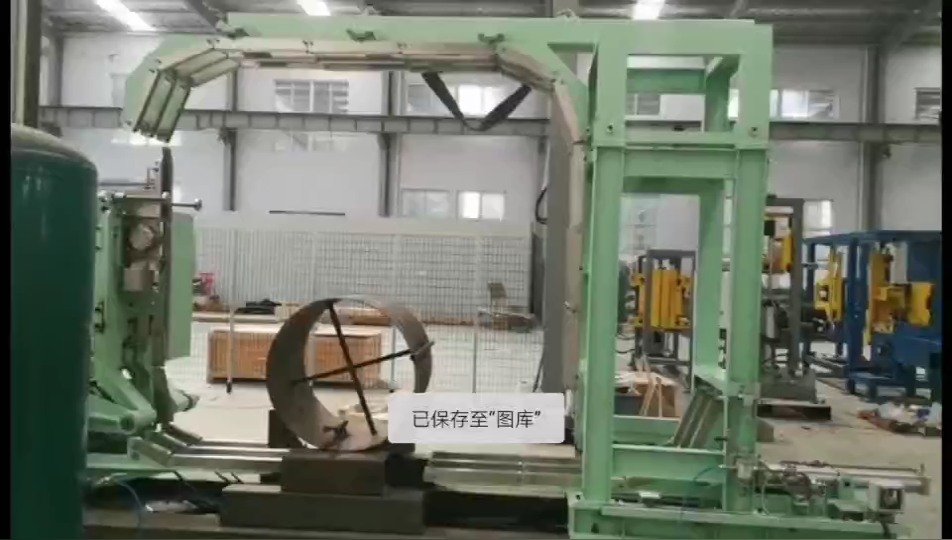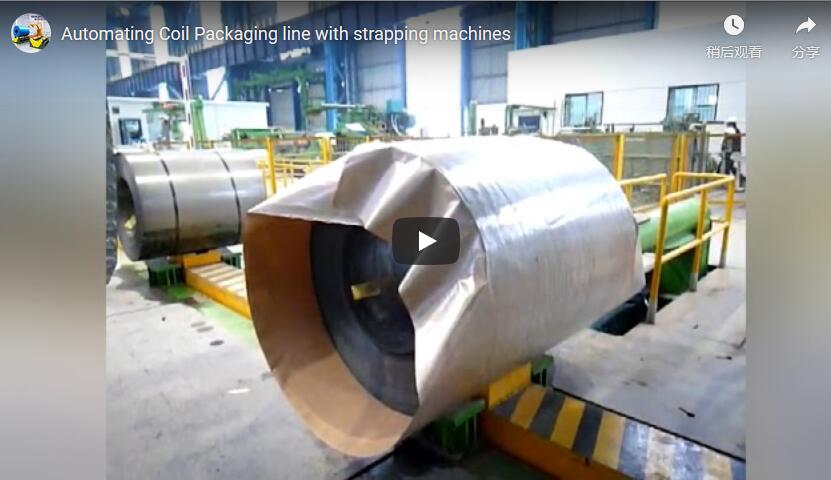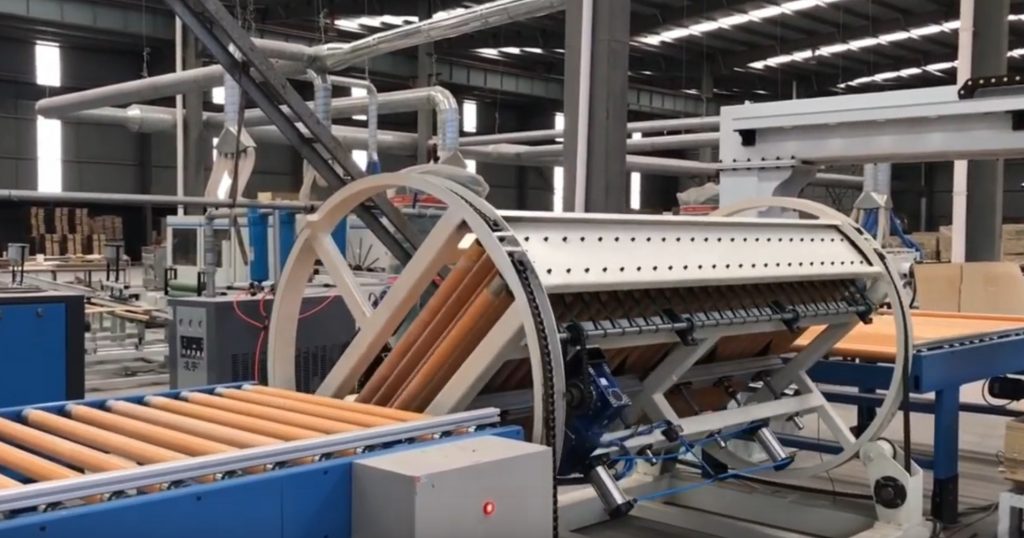Enhancing Safety and Efficiency: Engineering an Automated Coil Stacking Machine for Steel Service Centers
In the demanding environment of steel processing and service centers, handling heavy steel coils presents significant operational challenges and safety risks. Addressing these concerns head-on, a Delhi, India-based service center recently commissioned an advanced coil stacking machine featuring automatic stacking programming. This implementation marks a substantial improvement in their steel coil handling processes, prioritizing worker safety and boosting throughput.
1. The Operational Imperative: Mitigating Risks in Manual Coil Stacking
Historically, the manual stacking of steel coils at the Delhi facility involved intricate coordination between ground personnel and crane operators. Transferring multi-ton coils from conveyors to pallets was not only labor-intensive but also inherently hazardous. Workers operated in close proximity to heavy, suspended loads, facing potential crush injuries and ergonomic strains. The reliance on manual alignment and placement introduced variability and the constant risk of accidents, underscoring the critical need for an engineered, automated solution to ensure both personnel safety and operational reliability.

2. Engineering a Tailored Automated Stacking Solution
Our engineering team collaborated closely with the Delhi service center to design and implement a customized coil stacking machine precisely meeting their operational parameters. The primary design goals were to eliminate manual intervention during the hazardous lifting and placement phases while ensuring high accuracy and throughput.
2.1 Mechanical Design and Load Handling
The core of the system is a robust mechanical fork arm, specifically engineered to handle the significant dynamic and static loads associated with lifting steel coils weighing up to 5 metric tons. Finite Element Analysis (FEA) was likely employed during the design phase to validate structural integrity under maximum load conditions. The arm's kinematics are optimized for smooth, controlled transfer from the infeed conveyor to the designated pallet position.
2.2 Control System Architecture
Automation is orchestrated by a sophisticated control system featuring:
- Programmable Logic Controller (PLC): A central PLC manages the machine's sequence logic, interlocks, and communication between components. It receives input from various sensors and executes the programmed stacking patterns.
- Human-Machine Interface (HMI): An intuitive touchscreen HMI provides operators with system status visualization, parameter adjustment (e.g., stack height, coil dimensions), diagnostic information, and manual control overrides for maintenance.
- Precision Encoders: High-resolution encoders are integrated into the system (likely on lift and transfer axes) to provide precise real-time feedback on coil position and height. This data is crucial for accurate vertical alignment during stacking, minimizing stack instability.
2.3 Sensor Integration and Safety Measures
To ensure reliable operation and personnel safety, the machine incorporates:
- Position Sensors: Sensors (e.g., photoelectric or inductive proximity sensors) detect coil presence on the conveyor and pallet position.
- Height Verification: The encoder system, potentially augmented by laser distance sensors, meticulously measures and verifies coil height before and during placement, ensuring each layer is correctly positioned.
- Safety Interlocks: Comprehensive safety measures, such as light curtains guarding the operational area, emergency stop circuits, and physical guarding, are integrated to comply with machine safety standards (e.g., ISO 13849) and prevent unauthorized access during operation.
3. Key Operational Parameters and Performance Specifications
The engineered automatic coil stacking system delivers significant performance enhancements:
- Maximum Coil Weight: 5 metric tons
- Stacking Speed: 20-30 coils per hour (dependent on coil size and stack configuration)
- Pallet Dimensions: Accommodates standard 1200mm x 1200mm pallets
- Stacking Height Range: 100mm to 1000mm
- Spacer Compatibility: Capable of handling wooden spacers (minimum height 40mm) placed between coils for stability and handling requirements.
- Control: PLC automation with HMI interface and encoder-based positioning.
4. Tangible Benefits: Safety, Precision, and Productivity Gains
The implementation of this coil stacking machine yields substantial advantages:
- Dramatically Enhanced Safety: Automation removes operators from the hazardous zone of lifting and maneuvering heavy coils, drastically reducing the risk of serious injury.
- Improved Stacking Quality & Consistency: The precision control system ensures accurate vertical alignment, creating stable and uniform stacks, minimizing potential material damage during storage and transit.
- Increased Throughput & Efficiency: Achieving stacking rates of up to 30 coils per hour significantly surpasses manual capabilities, optimizing workflow and reducing bottlenecks in the processing line.
- Operational Flexibility: The ability to handle varying stack heights and incorporate spacers provides versatility to meet diverse customer and logistical requirements.
- Reduced Labor Dependency: Automating the stacking process frees up personnel for higher-value tasks and reduces the physical demands previously placed on workers.
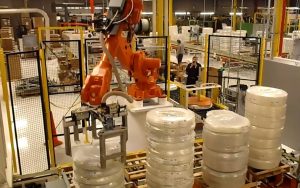
5. Advancing Your Coil Handling Operations
Is your facility contending with the inefficiencies and safety risks of manual steel coil handling? Our automated coil stacking machine represents a proven, engineered solution. We invite you to explore how this technology can be adapted to your specific operational needs. Contact our technical team to discuss your application, review detailed specifications, and arrange a consultation to discover the potential for optimizing safety and productivity in your plant.
Frequently Asked Questions (FAQ)
- How does the coil stacking machine ensure precise vertical alignment?
- The system employs high-resolution encoders integrated with the PLC. These continuously monitor the vertical position of the lifting mechanism and the height of the incoming coil, allowing the controller to make micro-adjustments for precise placement on the stack or pallet.
- Can the control system be integrated with our existing plant network or MES?
- Yes, modern PLC systems typically support various industrial communication protocols (e.g., Ethernet/IP, Profinet, Modbus TCP/IP), allowing for seamless integration with supervisory control systems (SCADA) or Manufacturing Execution Systems (MES) for data exchange and production monitoring.
- What are the primary maintenance considerations for this machine?
- Routine maintenance involves inspection and lubrication of mechanical components (bearings, actuators), verification of sensor functionality, checking electrical connections, and periodic review of the PLC/HMI software backups. Preventative maintenance schedules are provided to ensure long-term reliability.
info@fhopepack.com

